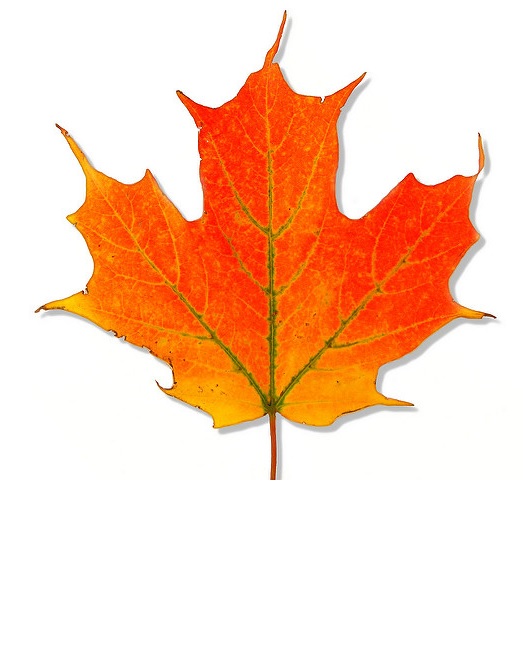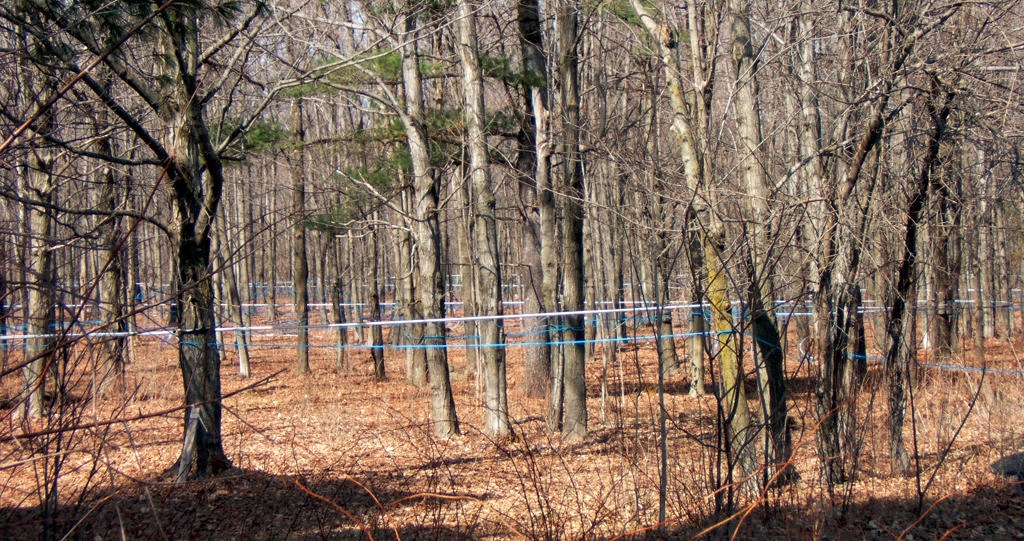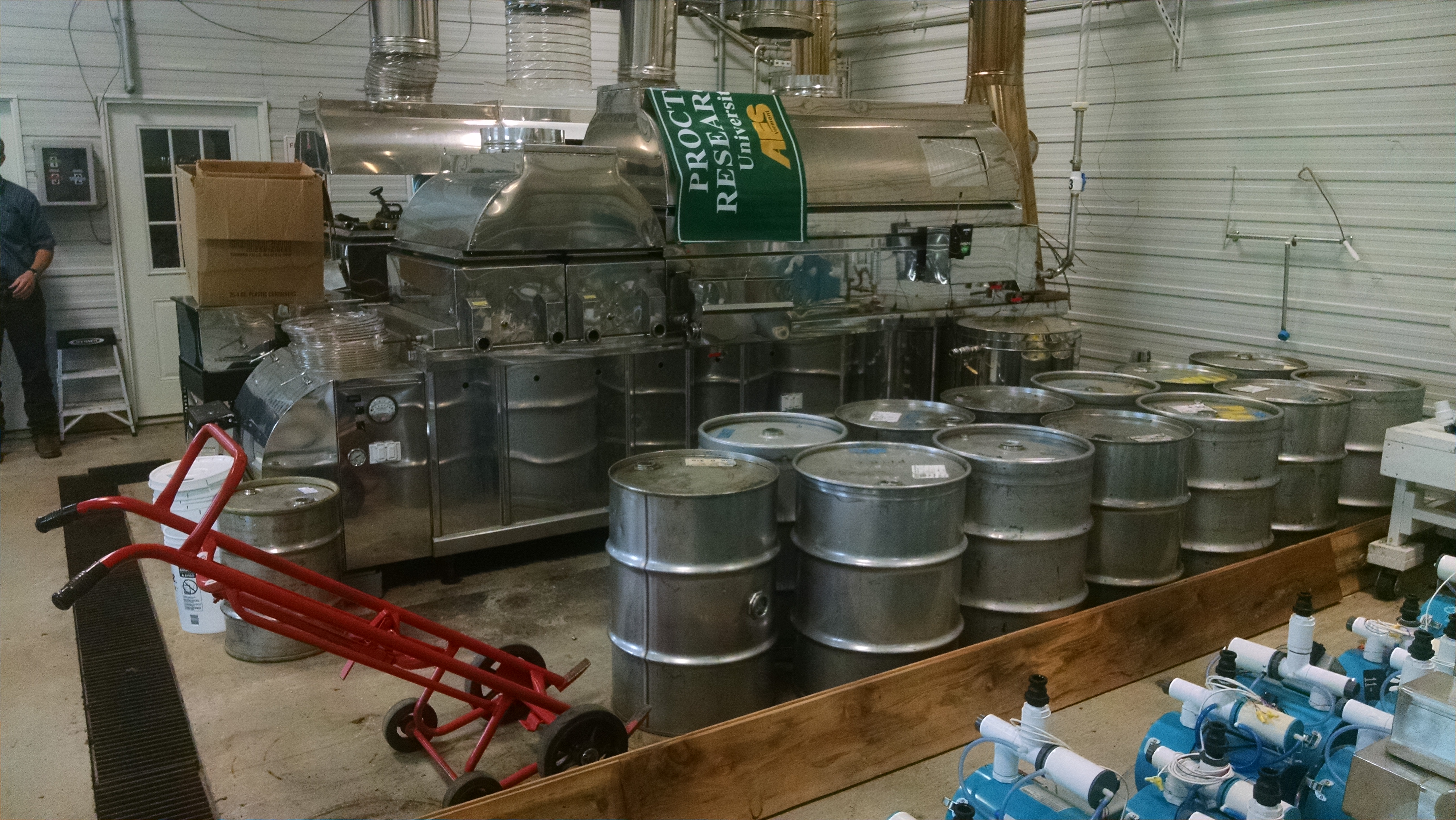 Sugaring in Vermont - July 13, 2016 Jeff Schalau, Agent, Agriculture & Natural Resources University of Arizona Cooperative Extension, Yavapai County While attending a professional meeting for extension agents in Vermont, I was privileged to tour the Proctor Maple Research Center. There, the University of Vermont not only conducts research on maples, but also on sap collection, processing, sugar chemistry, and economics. This brief tour was a vivid reminder of the linkage between humans and plants as well as the importance of forests in our world. Native peoples concentrated maple sugar prior to European settlement using birch bark buckets and hot stones to evaporate the water. Today’s maple sugaring industry uses several technological innovations. Tapping still begins in early spring when daytime temperatures go above freezing while nighttime temperatures fall below freezing. This is often late February to early March and most people say that it gets you out of the house as winter comes to an end. A 7/16 inch drill is used to create a new 2 to 2 ˝ inch deep taphole in the xylem (wood) each year. These holes heal naturally and trees are not tapped until they reach a 10 inch diameter at breast height. Red maple (Acer rubrum) and black maple (A. nigrum) are used in addition to sugar maple (A. saccharum). I had heard about advances in sugaring technology through my background in forestry, but I still envisioned some lonely farmer in red flannel wandering through the woods carrying buckets of sap. While non-commercial maple production may still be done this way, sap collection systems consisting of plastic tubing have been used since the 1950’s. When approaching the Proctor Maple Research Center, the woods on both sides of the road were crisscrossed with food-grade plastic tubing suspended three feet above ground. These lines collect the sap using vacuum pressure and deliver it to storage tanks prior to the concentration process. Fresh sap flowing out of the maple tree contains anywhere from 1 to 6% sugar but averages about 2% sugar. Finished maple syrup is 66-67% sugar. Large volumes of water must be removed from the sap to make syrup. For example, to produce one gallon of syrup, 43 gallons of sap with 2% sugar content are needed. This means that 42 gallons of water must be removed from the initial 43 gallons of sap. Evaporating this much water from the sap requires lots of time and energy. One of the major innovations in the maple sugaring industry was the introduction of the reverse osmosis (RO) process. RO uses a membrane that allows water molecules to pass through leaving larger molecules on the “back” side of the membrane. If you have one of these to purify your domestic water, you drink the water that has passed through the membrane and the portion that did not go through is flushed away as waste. However, in the sugaring process, the material that does not pass through the membrane is the concentrated sugar and the “clean” water is the waste product. RO processing increases the sugar content from 2% to 8%. Small scale producers simply boil the sap to evaporate (remove) the water. Commercial producers use the RO treatment described above and the evaporators concentrate the sugar into maple syrup. Fuel is usually wood or fuel oil. Evaporators come in a variety of sizes and costs. A simple setup is a wide, shallow stainless steel pan supported over two rows of concrete blocks with a wood fire burning below. Small, wood fired evaporators are available to hobby farmers with between 15 and 50 taps for around $1,000. Larger ones are used by commercial operators and photos of these are included with the online edition. The advances in technology described above have boosted maple sugar production and profitability over the last two decades. Canada still leads the world in production, but Vermont is the largest producer of maple syrup in the U.S. The size of sugaring operations has also increased during recent years with some producers having over 100,000 taps. Pure maple syrup is a uniquely North American product that is marketed worldwide. It also provides alternative incomes to many small, diversified farms in the northeast US and Canada. As a side note, some adventurous northern Arizonan’s have tapped box elder (Acer negundo) and made syrup. KNAU public radio documented this process on an Earth Notes radio piece. See resources below for additional information on maple sugaring and its unique niche in small scale agriculture. Follow the Backyard Gardener on Twitter – use the link on the BYG website. If you have other gardening questions, call the Master Gardener help line in the Camp Verde office at 928-554-8992 or e-mail us at verdevalleymg@gmail.com and be sure to include your name, address and phone number. Find past Backyard Gardener columns or provide feedback at the Backyard Gardener web site: http://cals.arizona.edu/yavapai/anr/hort/byg/. Follow the Backyard Gardener on Twitter – use the link on the BYG website. If you have other gardening questions, call the Master Gardener help line in the Camp Verde office at 928-554-8992 or e-mail us at verdevalleymg@gmail.com and be sure to include your name, address and phone number. Find past Backyard Gardener columns or provide feedback at the Backyard Gardener web site: http://cals.arizona.edu/yavapai/anr/hort/byg/.  Plastic tubing running between maple trees to collect sap for syrup production.
Plastic tubing running between maple trees to collect sap for syrup production. Large-scale evaporators (not in operation) are used to process maple syrup at the University of Vermont Proctor Maple Research Center, in Underhill Center, VT. Stainless steel drums hold processed syrup ready for bottling and direct sales though the University of Vermont Bookstore.
Large-scale evaporators (not in operation) are used to process maple syrup at the University of Vermont Proctor Maple Research Center, in Underhill Center, VT. Stainless steel drums hold processed syrup ready for bottling and direct sales though the University of Vermont Bookstore.Additional Resources Maple Syrup Production for the Beginner Cornell Cooperative Extension and Penn State Cooperative Extension maple.dnr.cornell.edu/pubs/maple_syrup_production.pdf Proctor Maple Research Center University of Vermont www.uvm.edu/~pmrc/ Earth Notes: Maple Syrup's Local Cousin KNAU Northern Arizona Public Radio knau.org/post/earth-notes-maple-syrups-local-cousin#stream/0 |